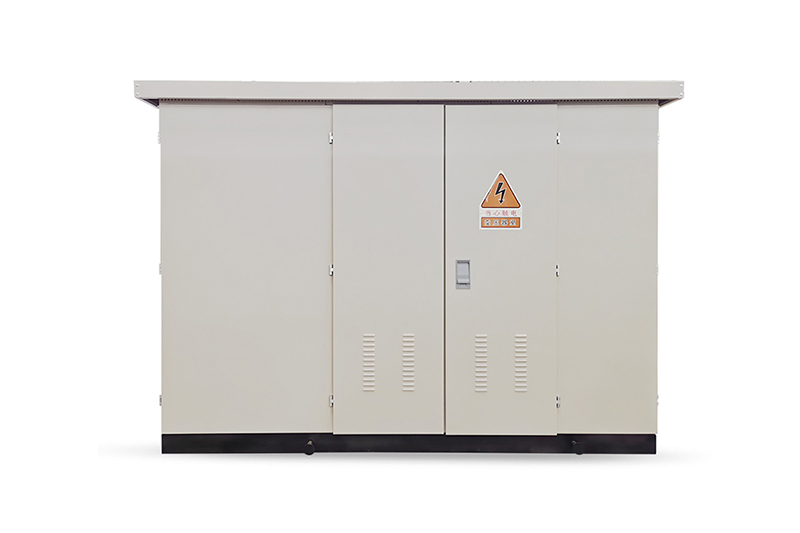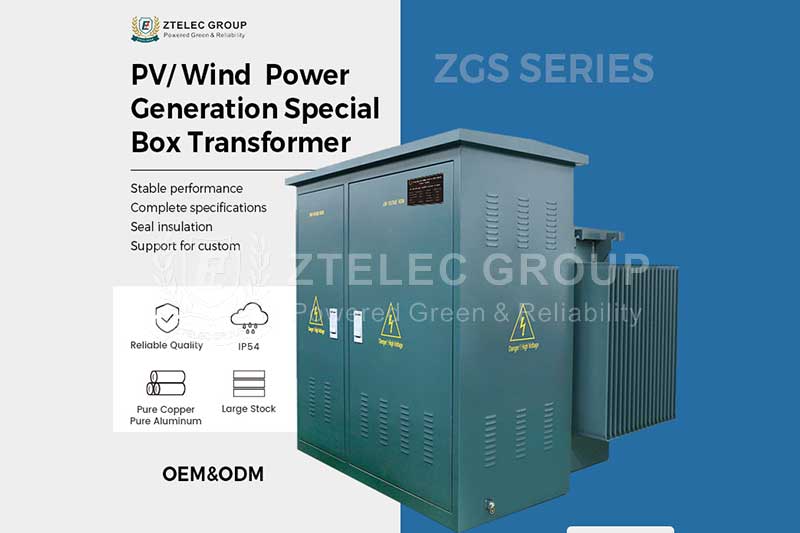Oil-Immersed Transformer Fault Diagnosis and Maintenance: A Step-by-Step Guide
Time:2025-04-19 Auther:ZTelec-www.ztelectransformer.com
In the modern power grid system, as a core hub device, the oil-immersed transformer’s operation reliability is directly related to the safety and stability of the entire power system. With the intensification of equipment aging and the continuous improvement of the power grid’s requirements for power supply reliability, a scientific and systematic fault maintenance process has become the key to ensuring a stable power supply.
Preliminary Fault Judgment
Appearance Inspection
Appearance inspection is the primary link in fault judgment. Visually inspect the transformer’s casing. If there is deformation or damage, it may be caused by external force impact or abnormal internal pressure. For the sealed parts such as the oil tank welds and flange joints, carefully check for any oil leakage. An abnormally low oil level may be caused by oil leakage or internal faults. If there are discharge marks, cracks, etc. on the surface of the bushing, it indicates a decline in its insulation performance.
Sound Judgment
When operating normally, the oil-immersed transformer emits a uniform humming sound. A sharp discharge sound may originate from internal partial discharge, which is caused by insulation aging, moisture ingress, or impurities. A heavy humming noise may be caused by overloading or a loose core. A gurgling sound implies abnormal internal oil flow or the presence of gas. The fault can be preliminarily judged through the change in sound.
Electrical Parameter Monitoring
Use professional equipment to monitor parameters such as the transformer’s voltage, current, and power in real-time, and compare them with the normal operating values. Abnormal fluctuations in voltage and current, such as unstable voltage or excessive current, may indicate internal short circuits or overloads and require further analysis.

Fault Location and Diagnosis
Electrical Tests
· Insulation Resistance Test: Use a megohmmeter to measure the insulation resistance between the windings and the ground and between the windings. If the resistance value is lower than the specified value, it indicates that the insulation is damp or has defects.
· DC Resistance Test: Measure the DC resistance of each phase winding. Compare the resistance values to determine whether there are open circuits, short circuits, or poor contacts. If the unbalance rate exceeds the range, there is a fault.
· Turns Ratio Test: Detect the turns ratio of the transformer. An excessive error may be caused by inter-turn short circuits in the windings or incorrect tap changer positions, and the components need to be adjusted or replaced.
Oil Chromatographic Analysis
Collect oil samples for chromatographic analysis. By analyzing the contents of gases such as hydrogen and methane, determine whether there are internal faults such as overheating and discharge in the transformer. If the acetylene content is too high, it indicates that there is internal arc discharge and immediate treatment is required.
Infrared Thermal Imaging Detection
Use an infrared thermal imager to detect the temperature distribution of the transformer. If the local temperature is too high, it may be caused by poor contacts, winding short circuits, or multi-point grounding of the iron core, etc., and the fault location can be quickly located.
Formulate a Maintenance Plan
Fault Assessment
Based on the fault diagnosis results, comprehensively assess the severity of the fault and the scope of its impact. For example, in the case of a winding short circuit fault, it is necessary to determine the location of the short circuit point, the degree of winding damage, and the impact on the overall performance, providing data support for the formulation of the plan.
Determine the Maintenance Content
According to the assessment results, clarify the maintenance content, including replacing damaged windings, repairing bushings, dealing with oil leakage points, replacing transformer oil, etc., while taking into account feasibility and economy.
Formulate Safety Measures
Formulate safety measures covering operations such as power outages, voltage testing, and hanging grounding wires, set up warning signs, ensure the safety of maintenance personnel, and prevent unauthorized personnel from entering.

Maintenance Implementation
Preparation Work
Prepare all the necessary tools and equipment such as cranes, wrenches, and insulation materials. Conduct technical disclosures for the maintenance personnel, clarifying the tasks and safety matters.
Dismantle the Equipment
Dismantle the components step by step according to the plan. Operate carefully to protect the components. Mark and record the dismantled components for easy assembly.
Fault Handling
Handle the faults. For example, when replacing the windings, ensure that the process is standardized and the connections are firm. When repairing the bushings, select appropriate materials and processes to ensure the insulation performance, and operate strictly in accordance with the standards.
Assembly and Debugging
After completing the fault handling, assemble the components as required to ensure that the connections are correct and tight. Conduct debugging after assembly, check the electrical and mechanical performance, and ensure that the transformer returns to normal operation.
Testing and Acceptance after Maintenance
Electrical Performance Testing
Conduct a comprehensive electrical performance test on the repaired transformer, including insulation resistance, DC resistance, etc., to ensure that it meets the standard requirements.
Operation Observation
After putting it into operation, monitor parameters such as voltage, current, and temperature, and observe for any abnormal phenomena to detect potential problems in a timely manner.
Acceptance
Organize professional personnel to conduct acceptance from aspects such as the maintenance quality and test results. It can be officially put into operation only after passing the acceptance. If it fails to meet the standards, continue to deal with it until it reaches the standard.
Summary and Record
Maintenance Summary
Review the maintenance work, analyze the cause of the fault, summarize the experience and lessons, and improve the technical level and fault response ability of the maintenance personnel.
Record Archiving
Sort out the maintenance data, records, reports, etc., and establish a maintenance file, providing a basis for the operation and maintenance of the transformer, fault analysis, and equipment renewal, and improving the management level of the power system.




